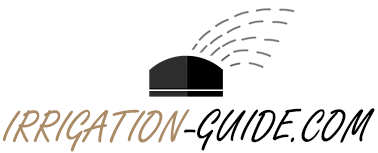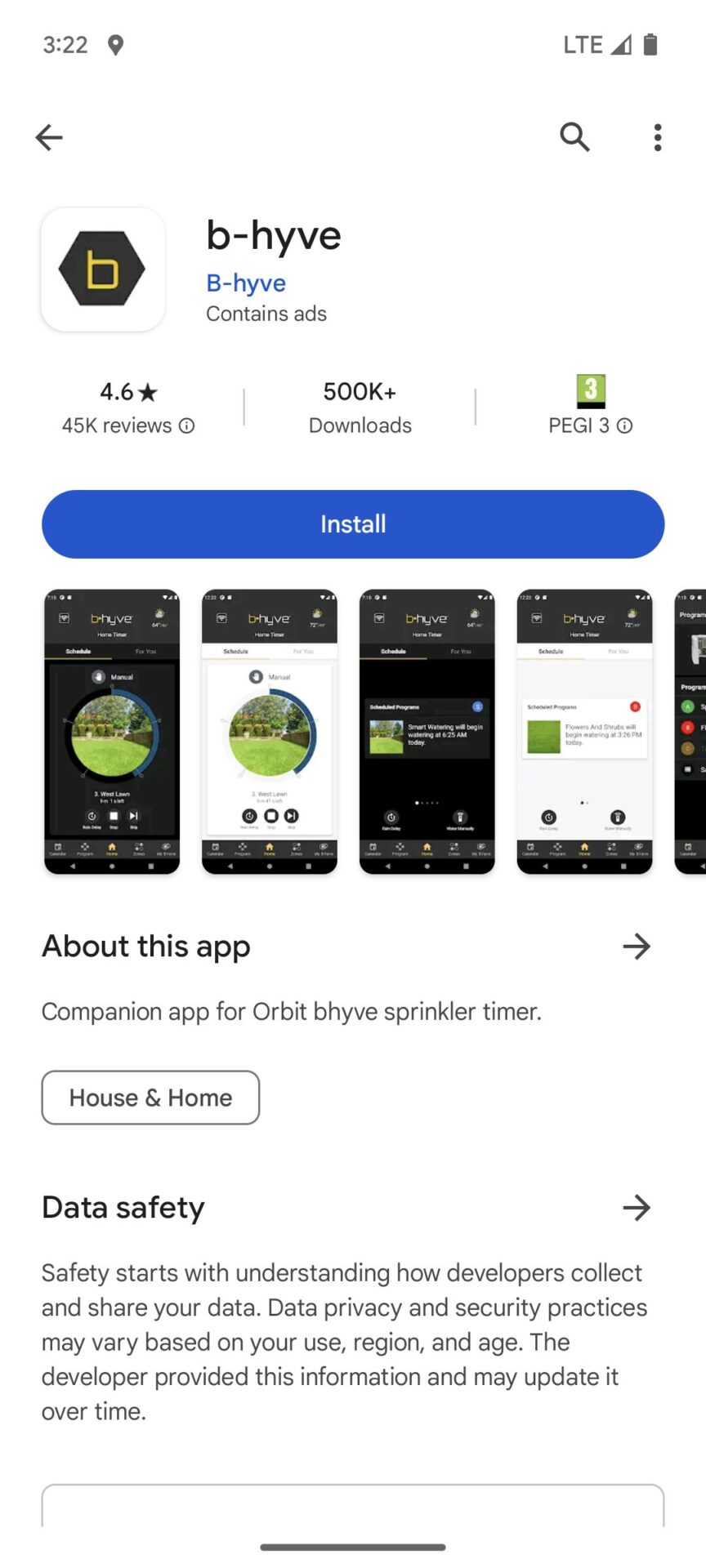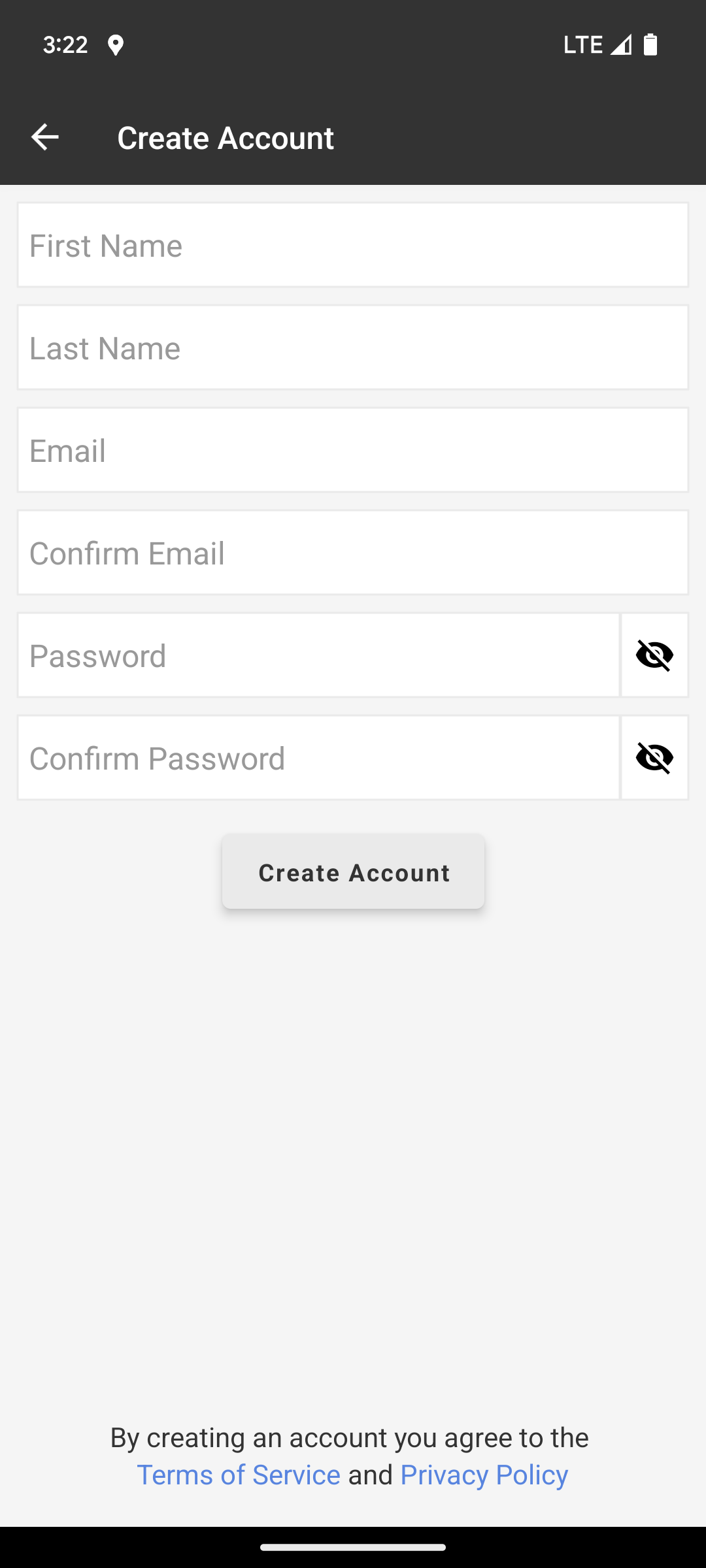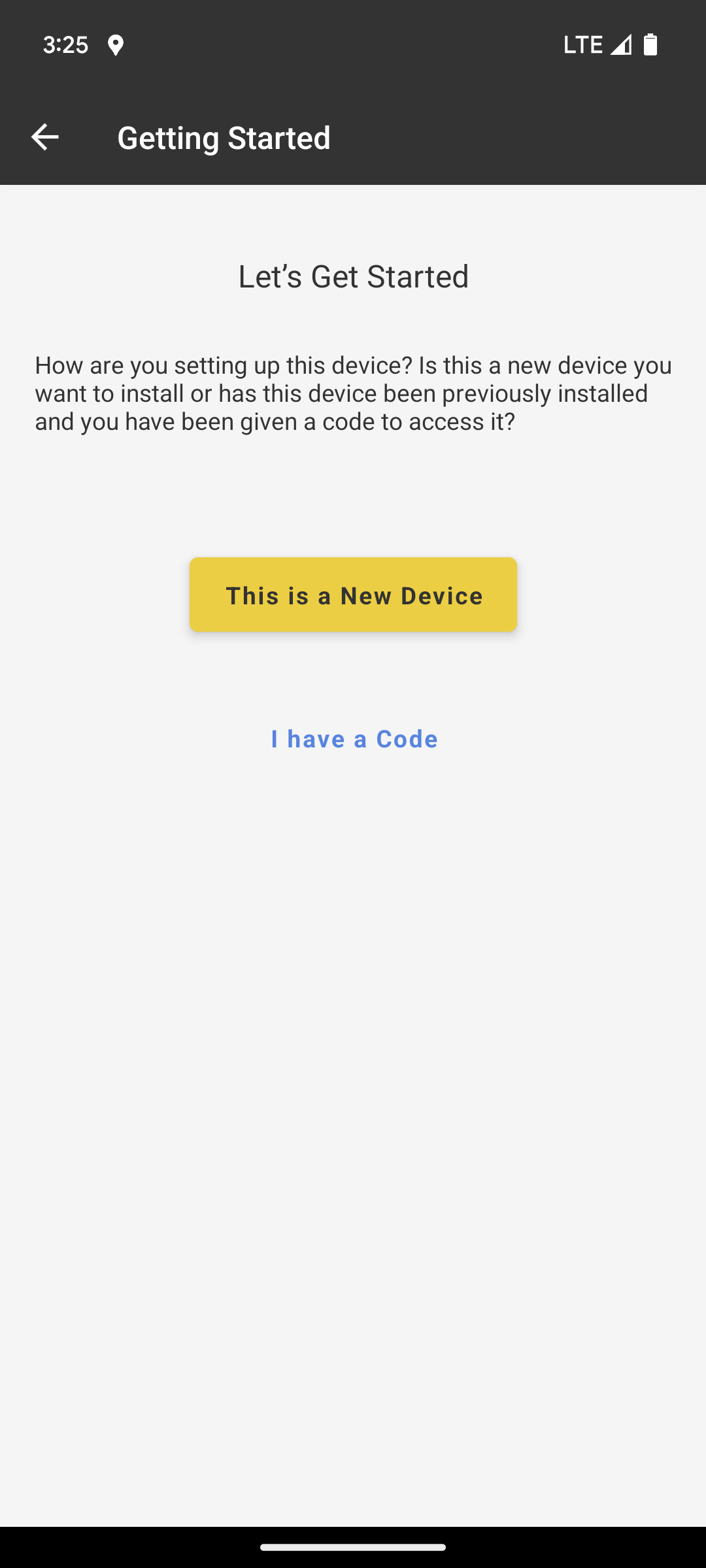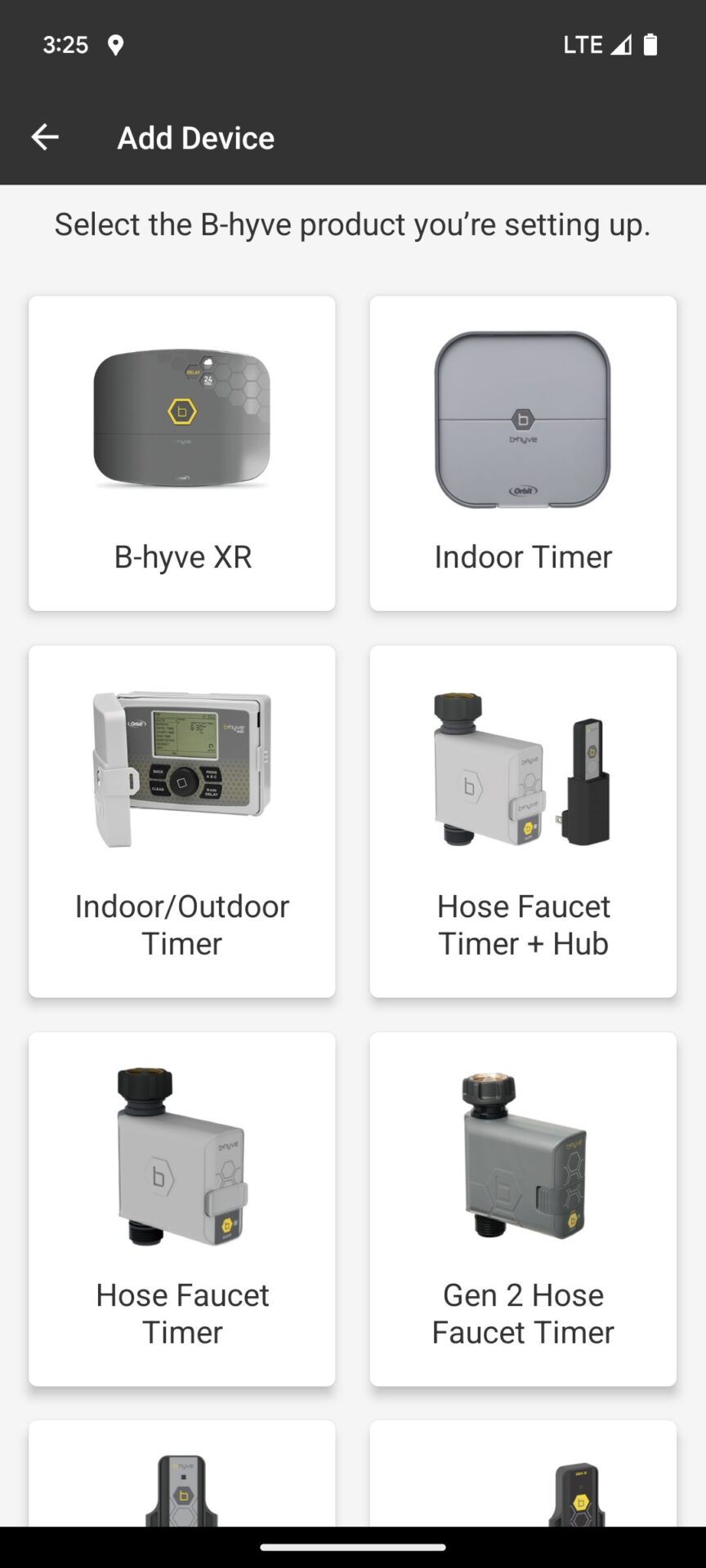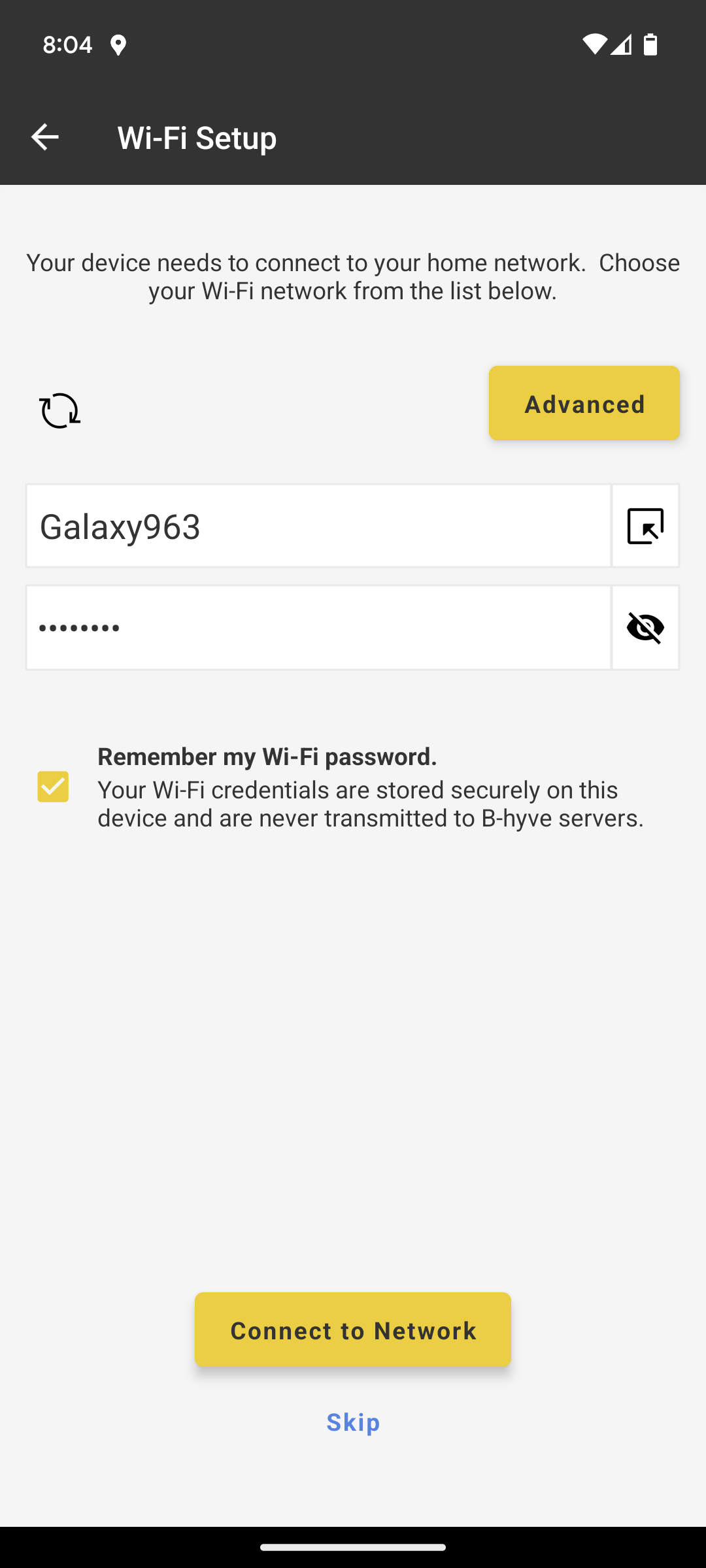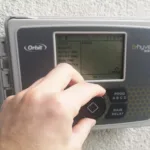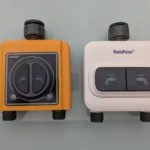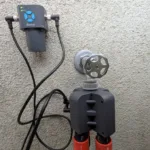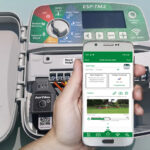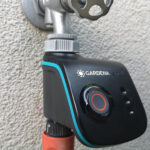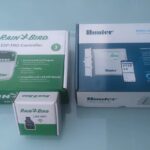In terms of price, the Orbit B-hyve Smart Hose Watering Timer is a challenge to the smart competing products from Gardena, LinkTap, Eve Aqua and others. But can it keep up with these providers in terms of quality and software? I looked at the irrigation computer and compared it with the competitors.
Who is Orbit?
Orbit is a US manufacturer of irrigation products that, alongside the big three Hunter, Rain Bird and Toro, has now achieved a fairly significant position in the end-user market. Not only with irrigation computers, but also with numerous other irrigation products such as spray nozzles, pipes, connectors, sensors, solenoid valves and other valves, water distributors, etc. Outside the USA, Orbit’s level of awareness is currently significantly lower; the Orbit irrigation computers are currently primarily offered here.
In terms of price, Orbit is positioned below Hunter, Rain Bird and Toro. In 2021, Orbit was taken over by Husqvarna, the parent company of European competitor Gardena.
Model comparison Orbit B-hyve and Orbit B-hyve XD
In the segment of smart irrigation computers that can be attached directly to a tap, Orbit currently offers two models:
- the very affordable Orbit B-hyve Smart Hose Watering Timer presented here
- and the Orbit B-hyve XD Smart Hose Timer, which is available in several versions with up to 4 water outlets
Below is a brief comparison of the two models:

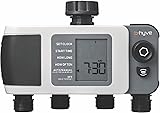


For both models you need an additional WiFi hub to connect them to the WiFi. According to Orbit, the hub should be placed within 50 feet of the wireless router and the irrigation computer should be placed within 150 feet of the hub. The hub is simply plugged into a socket and the hub and irrigation computer communicate with each other via Bluetooth.
For the B-hyve XD you need the newer 2nd generation WiFi hub. According to the manufacturer, this should be a little more powerful than the first generation, which is used in conjunction with the B-hyve Smart Hose Watering Timer presented here. If you operate several irrigation computers, a common hub is sufficient. According to Orbit, the 2nd generation hubs are also able to communicate with B-hyve Smart Hose Watering Timers, but the 1st generation hubs are not able to communicate with the XD Timers.
The big difference between the two computers lies in the water flow meter, which is integrated into the Orbit B-hyve Smart Hose Watering Timer presented here. This automatically measures how much water is used and you can therefore easily track water consumption in the app. A very practical thing that you won’t find anywhere else in this price range. The XD does not include such a water meter.
In terms of price, the Smart Hose Watering Timer and the XD in the simplest version are about the same at around 80 to 90 USD for the computer including the hub. Attention: Packages of computer and hub as well as the computer alone are offered on the web. So pay close attention to what you put in your shopping cart!
The Smart Hose Watering Timer is only available in a single version, namely with one water outlet. The XD, on the other hand, is available in 3 different versions with one, two or four water outlets. There is also a small difference in the number of programs: With the XD, for reasons I don’t understand, one more is possible. But that shouldn’t really matter for the majority of users; you can usually get by with 3 programs without any problems.
Scope of delivery
I purchased the Orbit B-hyve Smart Hose Watering Timer in a shared bundle with the associated WiFi Hub:
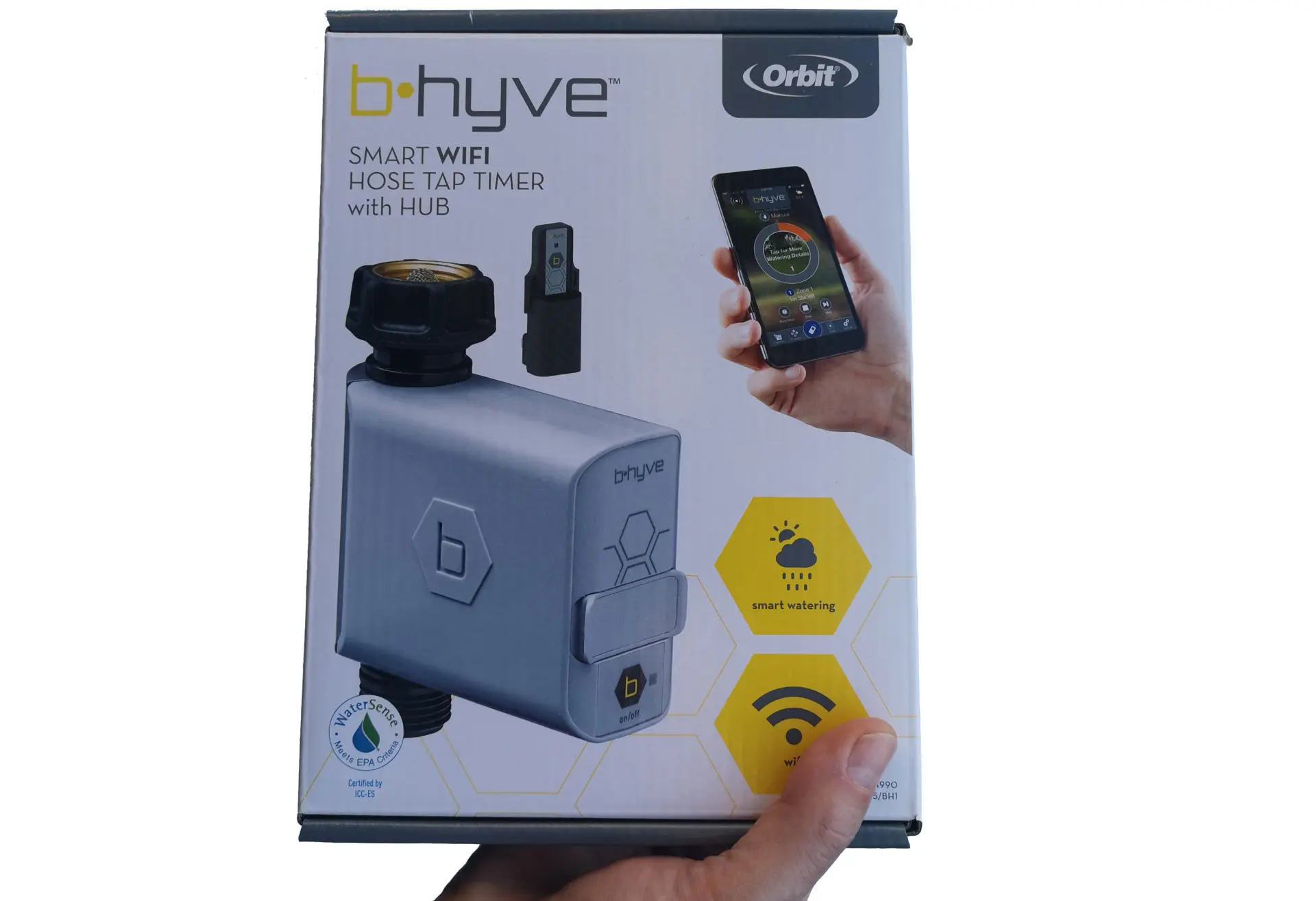
Apart from the watering computer and the hub itself, the only other things in the package were a power plug, an information sheet and a small quick guide:
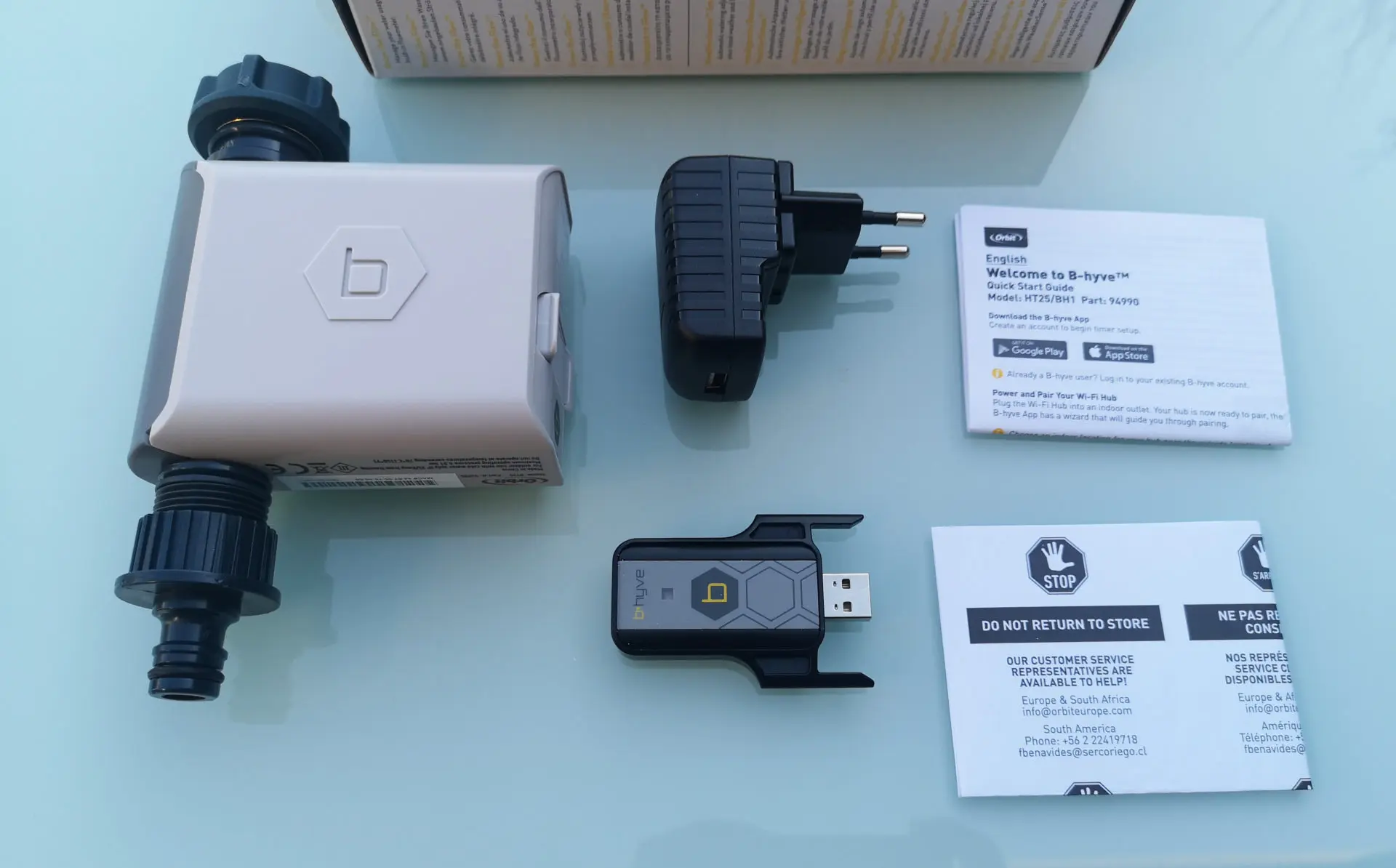
Simply plug the hub into the USB input of the included power plug:
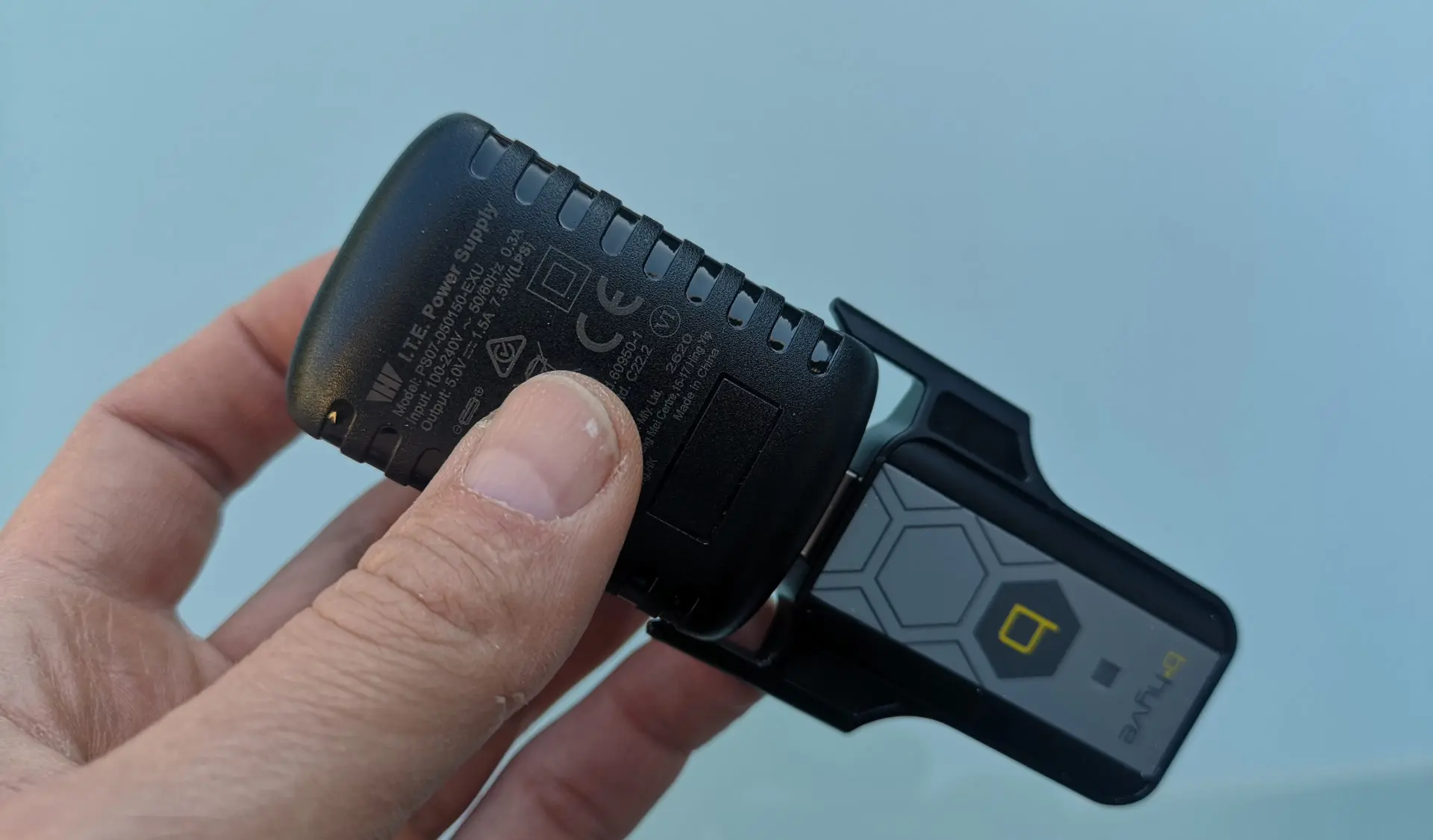
No batteries are included. The battery compartment is located at the front of the computer, two AA batteries must be inserted. Attention: I had problems during the test because one of the batteries accidentally didn’t click into the device properly. The computer had power and everything seemed to be working correctly, but I was unable to establish a connection between the hub and the irrigation computer. The power of one battery alone is apparently not enough. Only after I discovered the error and pushed the battery all the way into the battery compartment did it work!
Hardware
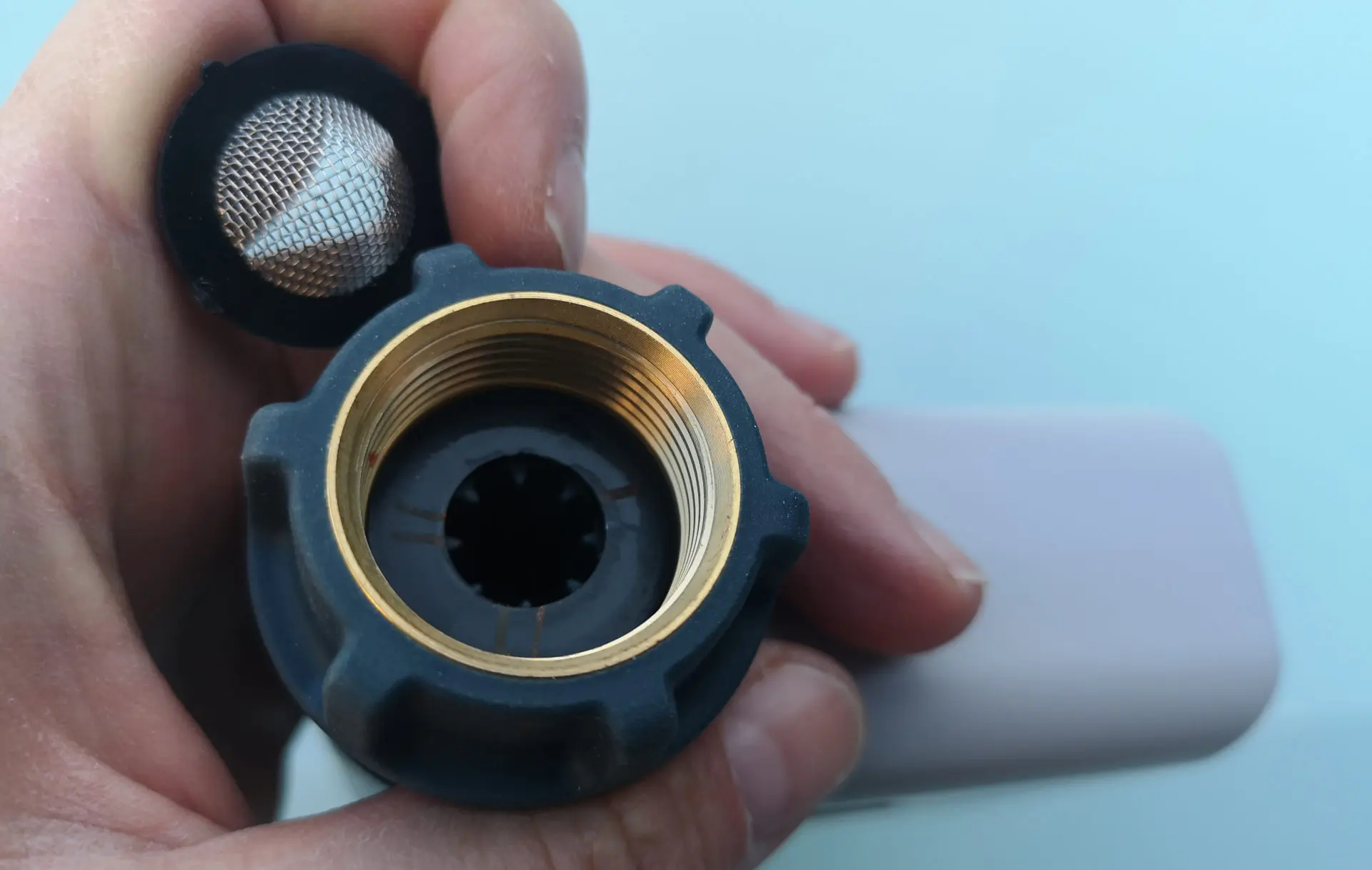
If you have enough water pressure available at the tap or the irrigation system is designed with a buffer, then this will not play a major role in practice. However, if the water pressure is already limited, then this is a disadvantage.
At the water outlet, Orbit – like all other manufacturers – supplies the computer with a 1/2 inch tap connection. In practice, this is an unnecessary brake that costs a lot of water pressure and should definitely be replaced with a 3/4 inch tap piece. You can get one of these for $2 to $3 on Amazon or at a hardware store.
A water flow meter is integrated into the B-hyve Smart Hose Watering Timer, which is why it has a somewhat strange shape at first glance. There is a wheel built into the computer. Based on the rotations of this wheel, the computer calculates the amount of water that has passed through the device. When setting up the device for the first time, you will be asked to calibrate the sensor. At first glance, this seems illogical and raises the question of whether the amount of water is not measured live but is extrapolated based on the calibration result. According to my test, this is not the case, the amount of water is determined live during operation, regardless of the calibration result, even if no calibration is carried out! Why is calibration needed then? As it appears, this only serves to display an extrapolation of the expected water consumption when manual irrigation starts.
Water consumption can be viewed via software and compared on a daily, monthly or annual basis. Hardly any other manufacturer offers an integrated water flow meter; I can only think of the LinkTap G2, which you can purchase including a flow meter for a small additional charge.
The computer does not have a sensor output, so no rain or soil moisture sensor can be connected.
Putting into operation
To get the computer ready to go, it must first be equipped with 2 AA batteries. These are not included in the scope of delivery.
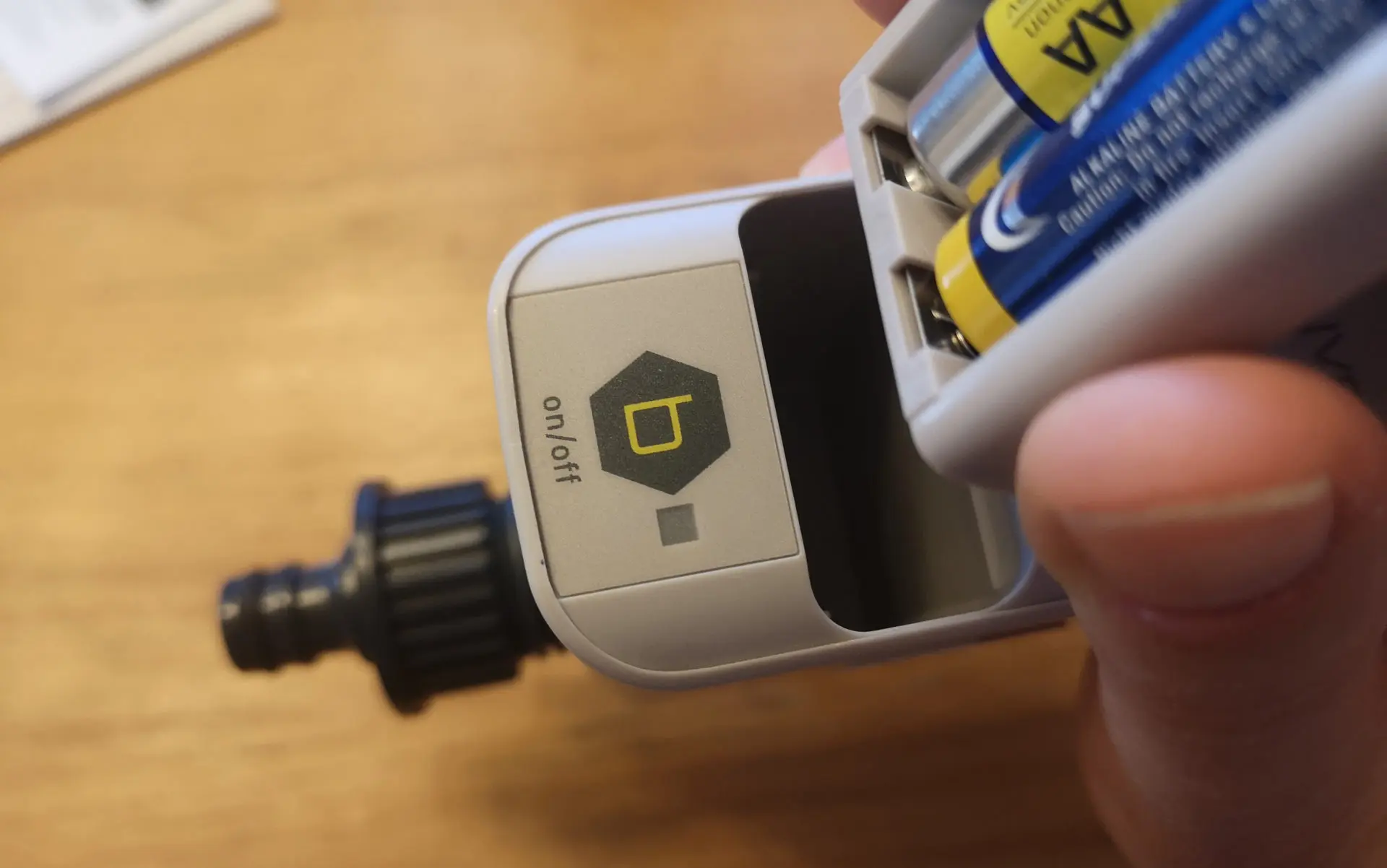
And the WiFi hub must be plugged into a socket not too far away from the WiFi router.
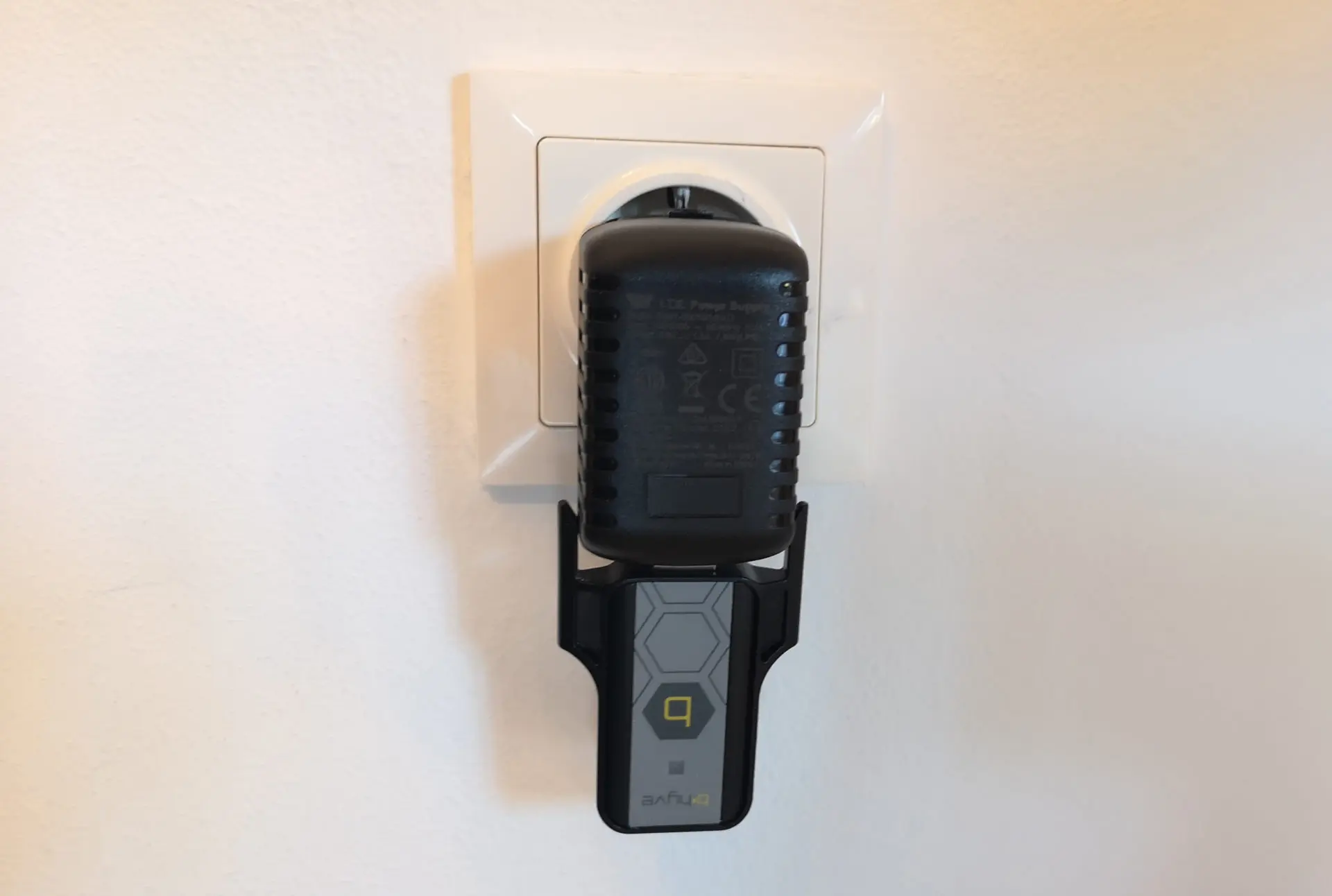
You can save yourself the time of looking at the operating instructions; instead, in the next step you simply download the app, which explains everything else step by step. Depending on the device, you can download the app from the Google Play Store or the Apple App Store. If you already have a B-hyve account, you can log in to it, otherwise you will need to register for free on the B-hyve platform.
At the end of the registration you will be asked whether you want to set up a new device or to control a device that has already been set up. The first is the case when you set up a newly purchased device, the second is an option that gives you access to a device that has already been set up, for example if a family member has already set it up and now another family member should also get access to it. Or if you want to give your neighbor access to the system while on vacation.
- Download of the app
- Login or sign up
- Registration with name, email address and password
- New device or access to already set up device
The device to be installed must now be selected from a list of all smart B-hyve devices. If, as in my case, you want to install the irrigation computer together with the hub, then you have to select the entry from the list that shows both the computer and the hub.
The hub will then automatically be installed first, followed by the computer. This is done in a very simple and convenient way for the user, as the system automatically detects the plugged-in hub and the switched-on watering computer in the vicinity of the cell phone in just a few steps. Finally, you just need to enter your WiFi access data and you’re ready to go.
If you want to use weather-dependent smart irrigation, it is also necessary to tell the computer the location of your own garden.
- Selection of device type
- Select the Wi-Fi network and enter the password
- Entering the location
Programming the irrigation computer
If you want, you can have a setup assistant help you set up the program, or you can set up the individual settings yourself using the menu.
Link tip: I explain in great detail what setting options there are and what they do in the blog post about the Orbit B-hyve system.
In the Orbit B-hyve system, the user has two different options for programming the irrigation computer:
- You create programs yourself
- The irrigation is carried out fully automatically using the autopilot of the B-hyve system, taking into account local weather data and data about the garden and the plants to be watered (“Smart Watering”)
In the first mode you can set up the irrigation precisely according to your own ideas, but you have no or very limited options to automatically include weather data in the irrigation. In the second mode, the system basically freely determines the irrigation and determines how often, on which days and at what times it is watered and when irrigation runs are skipped. However, as a user you have the option to limit these freedoms and, for example, exclude certain days and times from watering.
I explain in detail how the setup of both modes works and what setting options are available in the B-hyve system in the previously linked article.
The key data on the B-hyve software are summarized below:
Key data on the B-hyve software
Continuation
Below is further information on some of the points mentioned:
Access options
In addition to access via the app on the cell phone, the software can also be accessed via a desktop computer in the web browser at my.orbitbhyve.com.
Programs/start times/watering duration
With the Orbit B-hyve Smart Hose Watering Timer, up to 3 programs with a maximum of 4 start times and a maximum running time of 240 minutes each are possible. This is one program less than the other Orbit B-hyve computers. The reason for this restriction is unclear, but it won’t matter for 99.9% of users, as you can usually get by with the 3 programs without any problems.
With the 3 programs, each with one zone that can be watered per program, it is fundamentally not possible to use them in combination with an automatic water distributor, because this would require the ability to define 6 independent irrigation runs one after the other. With restrictions, you can still use such a water distributor by programming the missing irrigation runs with additional start times, for example:
- Program 1, 1st start time 2 p.m., running time 50 minutes
- Program 1, 2nd start time 2:55 p.m., running time 50 minutes
- Program 1, 3rd start time 3:50 p.m., running time 50 minutes
- Program 2, 1st start time 4:45 p.m., running time 20 minutes
- Program 2, 2nd start time, 5:10 p.m., running time 20 minutes
- Program 3, 1st start time, 5:35 p.m., running time 10 minutes
In this case there would always be a 5 minute break after the end of one irrigation run until the start of the next one. Restriction: Only one watering duration can be set within a program, so a maximum of 3 different durations are possible. A different duration for each of the six irrigation runs cannot be defined.
Local access to irrigation computers
Direct access to the irrigation computer is also possible via Bluetooth without an existing WiFi connection. To do this you have to be in close proximity to the computer.
Granting access to other users
By generating a code in the program, you can give other users access to the irrigation computer. Be it family members or people who should have temporary access to the computer because of vacation, for example.
Alert notifications
Four different alert notifications can be set up:
- Rain delay
- Completed irrigation
- Device error
- Device switched off
Flow meter
No alert notification can be set up for the flow meter. You cannot therefore use this to secure irrigation in order to be aware if a valve does not open or close properly.
Use of weather data
The system automatically selects a weather station near the entered address. This can be replaced with another weather station. By default, public weather stations are available to choose from; optionally, you can also display or select private weather stations from the website PSWWeather.com. In this way it is also possible to use your own weather station in B-hyve by creating the weather station on PWSWeather.com and then selecting it in B-hyve. There are no additional costs for this.
Define seasonal adjustment (per month)
In Smart Watering mode, the system decides independently whether to increase or reduce the irrigation runtime depending on the season. If you use a manual program, there is no way to specify in advance that it should run shorter in April than in July, for example; you can only specify a percentage adjustment that takes effect immediately. So, for example, from now on only allow 80% of the defined running time to be watered.
Suspend watering x days
Skipping watering can be delayed for a period of 12 hours to 32 days.
Cycle and soak phases
If you choose the intelligent Smart Watering mode, the system automatically divides the irrigation runs into irrigation and soak phases if it makes sense. This is usually the case if the soil is clay soil that is impermeable to water, or if you have a steep slope in the garden. The system gives the soil time to absorb the water properly. If you set programs yourself, no cycle and soak phase function is offered.
Conclusion and recommendation
The Orbit B-hyve Smart Hose Watering Timer makes a decent impression in terms of manufacturing quality and ran almost problem-free in my test: During the test period it happened twice that it did not respond to the command I sent via Wi-Fi, but it worked when I switched to Bluetooth then and a short time later it worked again via WiFi. However, this doesn’t necessarily have to do with the device, but could also have been due to temporary problems with my WiFi connection.
The big opponents are the Gardena Smart Water Control and the LinkTap G2. The Eve Aqua is also in principle an opponent, but in a very limited form, as it has significantly less functionality and no intelligent control options and only works with Apple devices. The big international players Hunter and Rain Bird do not offer smart tap irrigation computers, but only irrigation computers for external solenoid valve switching.
The whole big plus point of the Orbit B-hyve Smart Hose Watering Timer is the price! The computer and hub cost around 85 USD and even has an integrated water flow meter for this price. The LinkTap G2 costs around 160 USD, also including a water flow meter, and the Gardena Smart Water Control costs an impressive 220 to 230 USD, each including the necessary hub/gateway. The B-hyve price is currently unbeatable on the market and offers consumers the opportunity to purchase a smart irrigation computer for reasonable money.
Do you pay for that with worse software? No! Especially compared to the Gardena Smart System, the B-hyve software is the much more ambitious software and it feels like a lot more developer hours have gone into it. Gardena has recently done its homework here and finally integrated the use of weather data into the software. But this was done in a very tentative way, which works but still leaves a lot of room for improvement.
The B-hyve software is a big step further: On the one hand, you can simply use it to remote control your computer from anywhere in the world and store traditional programs via a mobile phone app or in the browser or, alternatively, have the irrigation controlled fully automatically by artificial intelligence (Smart Watering Mode).
The way B-hyve works is that you first describe the garden and the conditions prevailing there as precisely as possible using predefined questions. And then use the system in combination with the weather data obtained from a local weather station, such as rainfall that has already occurred and is still forecast, temperature, humidity and wind speed to determine the irrigation days, times and duration. This doesn’t work optimally in my test at the beginning, but B-hyve allows you to make numerous adjustments to the automatic system so that you can get closer and closer to the desired result.
What you cannot do, or only to a very limited extent, is to use the weather data to adapt manually set programs. So you can’t, for example, schedule a watering run every day and then skip it if it has previously rained a certain amount or if there is a certain probability of a certain amount of rain being forecast for the irrigation day.
If you prefer this approach of specifying the programs yourself and then defining additional weather rules for them, rather than describing the conditions on site and having an autopilot derive the correct program from it using weather data, then the LinkTap G2 may be the better alternative. This offers very useful options in this direction and, in my opinion, is on par with the B-hyve system in terms of software. The LinkTap G2 does even better when it comes to the ability to use automatic notifications: more notification types are offered and you can use the integrated water flow meter in combination with an automatic notification to be notified immediately when water consumption shouldn’t fit. For example, because the irrigation is not running or the valve has not closed properly after the irrigation has ended.
